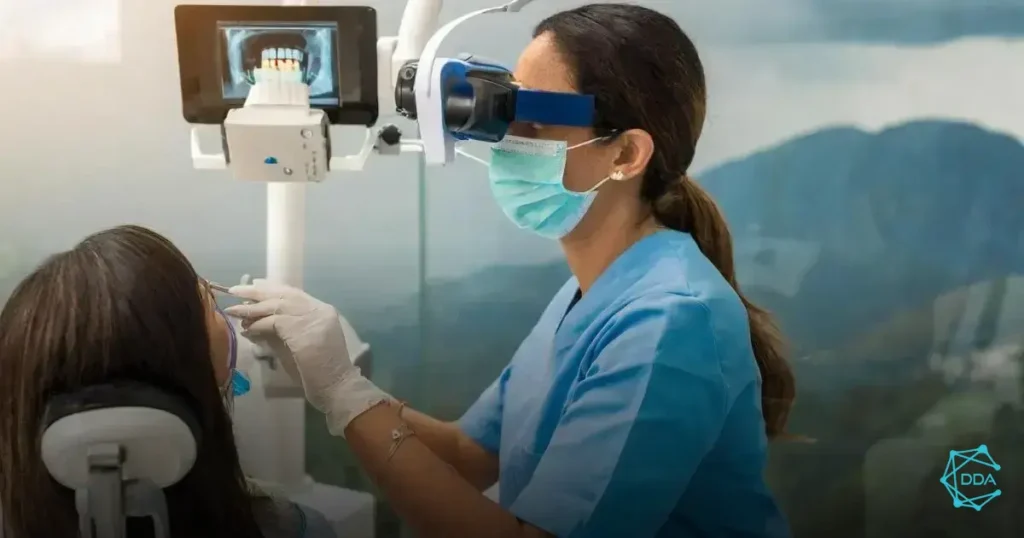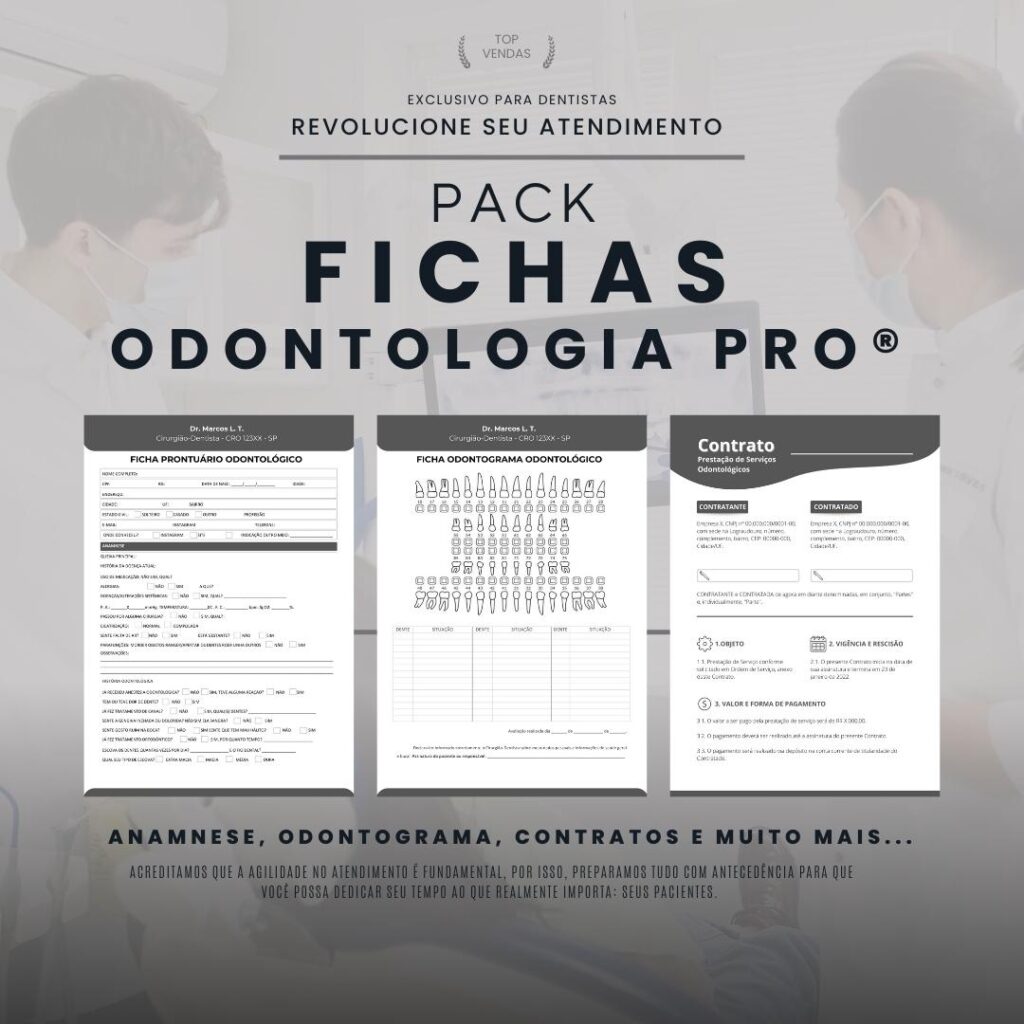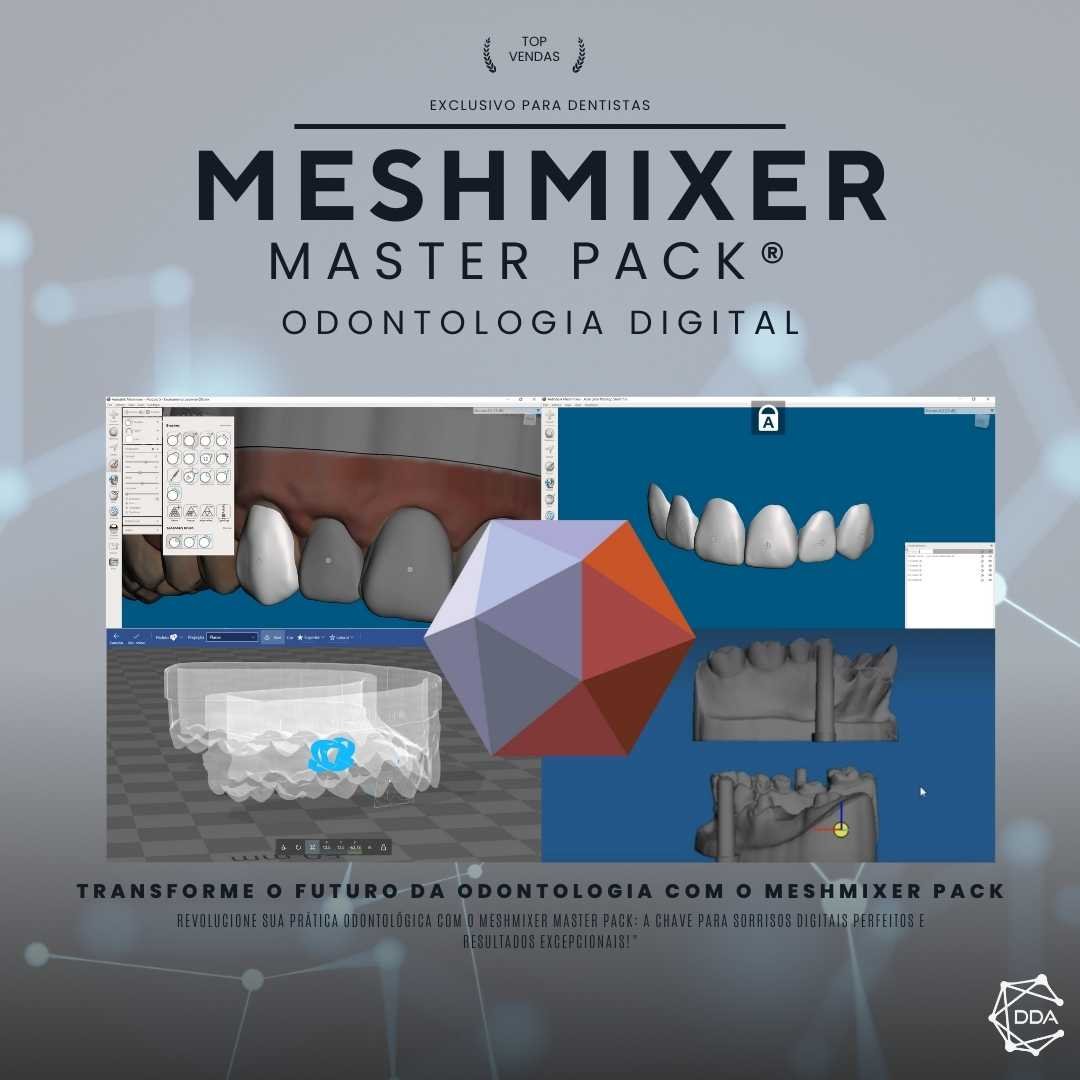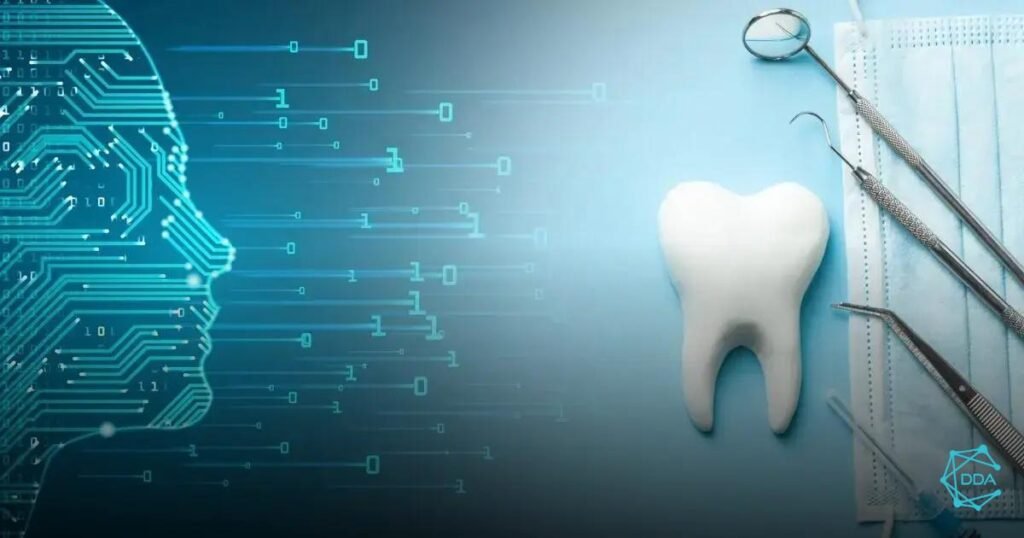Virtual tooth models are revolutionizing modern dentistry by offering an innovative approach to clinical case planning and communication. With the advancement of technology, virtual models are becoming an essential tool for professionals in the field, allowing a better understanding and visualization of dental procedures. In this article, we will explore the creation and usefulness of virtual tooth models, their integration with planning software, the ease of communicating with patients, and case studies that highlight their effectiveness.


Creation and Use of Virtual Models
The creation of virtual models is an essential process in healthcare, allowing the three-dimensional visualization of anatomical and pathological structures. These models have proven extremely useful in a variety of applications, from surgical planning to medical education.
Advantages of Using Virtual Models
- Precise and detailed three-dimensional visualization of anatomical structures;
- Facilitates pre-operative planning, allowing detailed simulations and analyses;
- Enables the customization of medical procedures according to the unique anatomy of each patient;
- Contributes to improving communication between healthcare professionals and patients;
- It provides a powerful tool for teaching and training healthcare professionals.
Virtual Model Creation Process
The process of creating virtual models typically involves acquiring medical images such as computed tomography (CT) scans and magnetic resonance imaging (MRI) scans, followed by three-dimensional reconstruction and modeling of these images. These models can then be used in planning, simulation and 3D printing software.
Applications in Medical Practice
In medical practice, virtual models have been widely used for planning complex surgeries, preoperative visualization, creating personalized surgical guides, patient education, and interdisciplinary collaboration. Furthermore, virtual models have also been used in scientific research and in the development of new technologies and treatments.
Conclusion
Virtual models play a crucial role in advancing medicine by providing innovative tools that improve the accuracy, efficiency and safety of medical procedures. With continuous technological development, it is expected that the use of virtual models will become even more widespread and impactful in clinical practice and in the training of health professionals.


Integration with Planning Software
Integration with planning software is essential to optimize the workflow in clinics and dental offices. The possibility of integrating 3D modeling software with treatment planning systems offers numerous advantages for professionals in the field.
With the integration, professionals can view virtual models of patients together with treatment planning information, facilitating analysis and decision-making. Furthermore, integration enables efficient communication between team members, ensuring that everyone is aligned with the treatment plan.
Planning software also allows the simulation of different treatment scenarios, helping to choose the best approach for each case. Integration with these tools expands planning possibilities and contributes to improving treatment results.
Through integration with planning software, professionals can ensure greater precision and efficiency in their procedures, resulting in benefits for both patients and the clinical team.
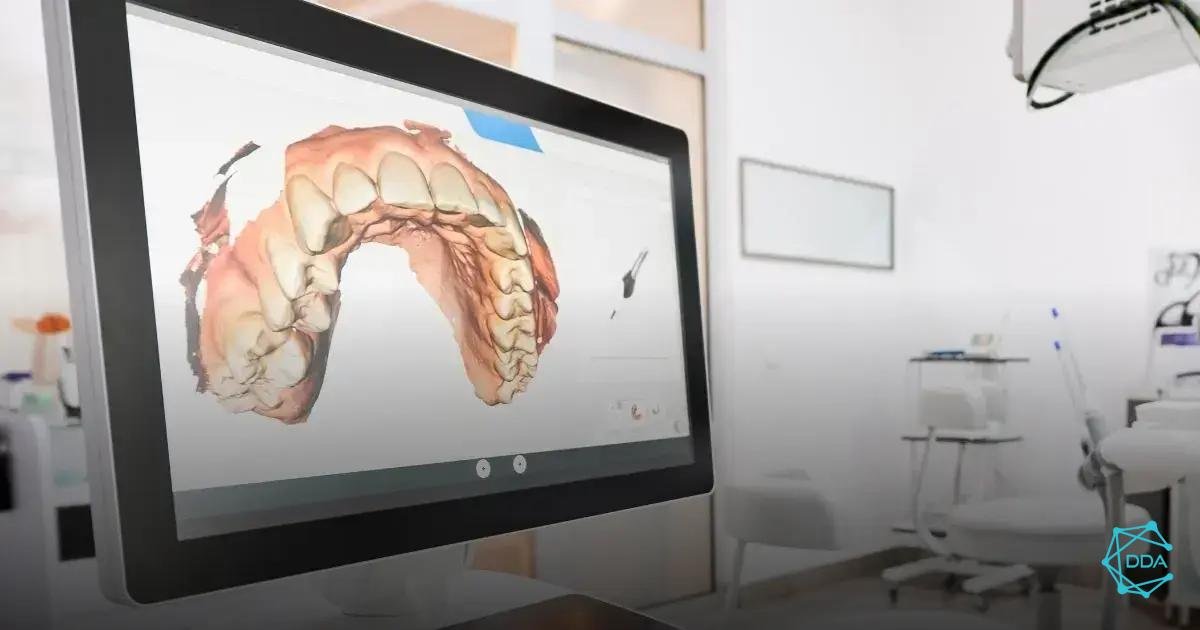

Facilitating Communication with Patients
Effective communication with patients is essential to the success of any medical practice. The use of virtual models and planning software can significantly facilitate this communication, making it clearer and more understandable for patients.
With the help of virtual models, healthcare professionals can visually demonstrate procedures, medical conditions and expected outcomes, providing patients with a more comprehensive and visual understanding of what is being discussed.
Furthermore, the integration of these models with planning software allows the personalization and adaptation of specific information for each patient, making communication more individualized and relevant.
This innovative approach not only facilitates patient understanding, but also increases trust, engagement and satisfaction, resulting in better clinical outcomes and a more positive patient experience.
Case studies consistently demonstrate that the use of virtual models and planning software significantly improves communication with patients, resulting in tangible benefits for both parties involved.
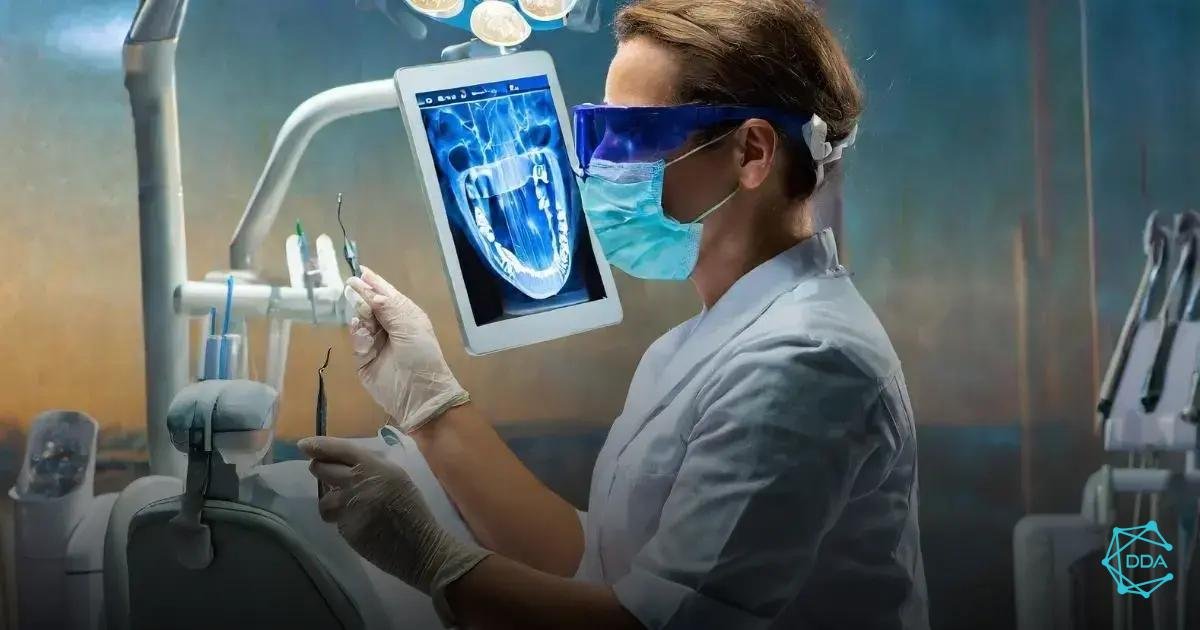

Case studies
The use of virtual models in clinical practice has provided significant results in several case studies. The integration of these models with planning software has optimized the diagnosis and treatment process, providing benefits for both healthcare professionals and patients.
Benefits for Diagnosis and Treatment
In a case study carried out in a reference medical center, the use of virtual models allowed a more precise and detailed analysis of the patient's anatomy, helping to identify pathologies and create more effective treatment plans.
Furthermore, the integration of these models with planning software enabled prior simulations of surgical procedures, reducing intervention time and minimizing risks for the patient.
Improved Communication with Patients
Another case study demonstrated that the use of virtual models facilitated communication with patients, allowing a clearer and more didactic visualization of health conditions and proposed procedures. This contributed to greater understanding on the part of patients and making more informed decisions.
Impact on Quality of Life
In a rehabilitation center, the application of personalized virtual models resulted in significant improvements in patients' quality of life. The three-dimensional visualization of anatomical structures and the possibility of simulating movements helped in rehabilitation and monitoring the patients' progress.
These case studies highlight the relevance and benefits of using virtual models in clinical practice, highlighting the importance of integration with planning software and the positive impacts on communication with patients and the quality of treatments offered.

